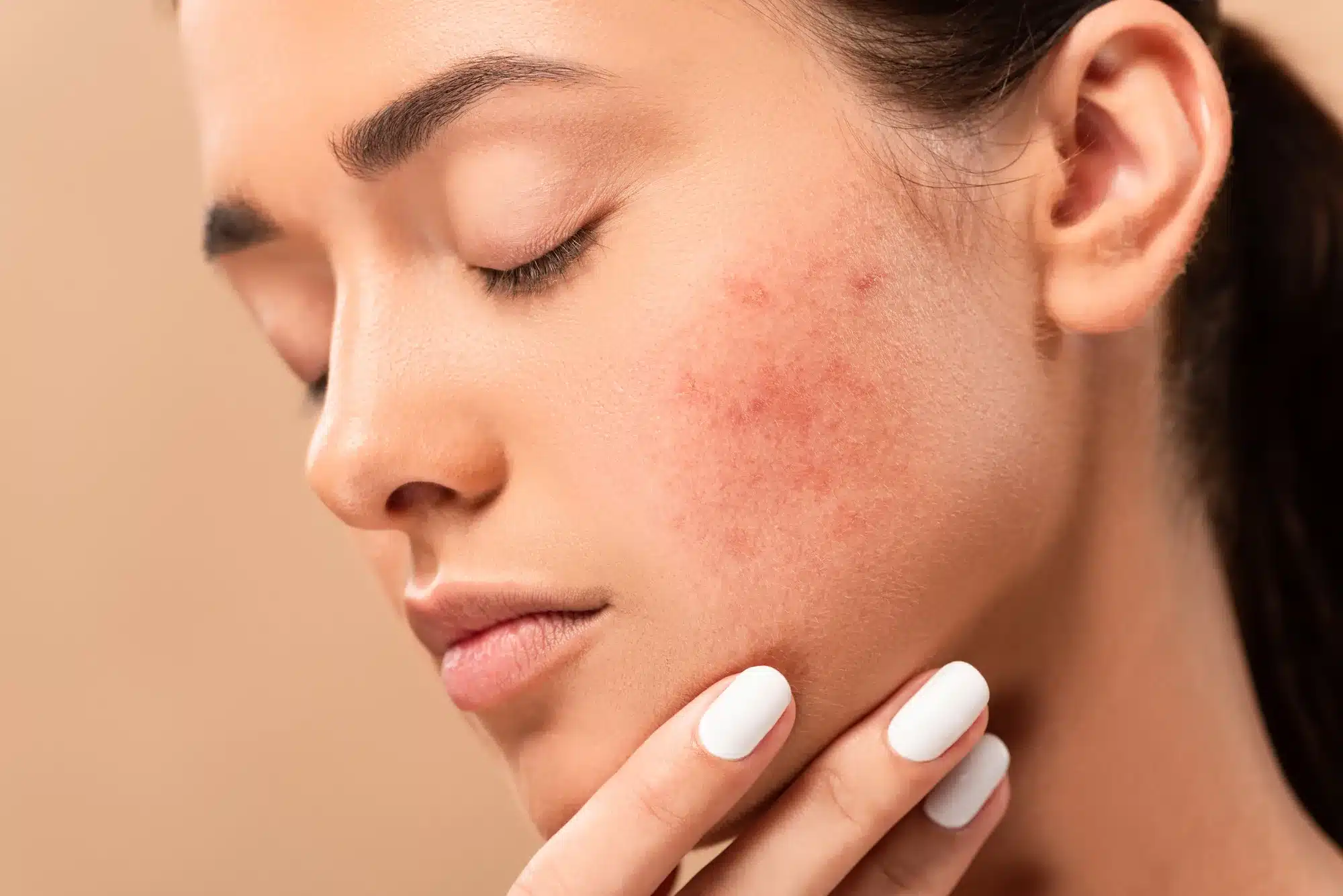
What is acne scarring?
Acne, which is an inflammatory skin disorder, can be exceptionally frustrating, especially when it leaves unsightly scars behind. These scars could be atrophic or hypertrophic depending on the net loss or gain of collagen tissues during the skin recovery process. Patients with atrophic acne scars like rolling, ice pick, and boxcar can undergo dermal filler injections for smoother and more radiant skin.
How does Restylane help to correct acne scarring?
Restylane is designed with 20mg/ml of chemically cross-linked, non-animal stabilized hyaluronic acid (NASHA). The hyaluronic acid molecules are extracted biotechnologically and are of intermediate size. Once injected, the gel plumps the area and smooths the skin. Patients are then left with plump and smooth skin that is free from atrophic acne scars.
How is Restylane filler injected to correct acne scarring?
Restylane filler is meant to be injected intradermally via mid-to-deep dermal implantation until the depressed acne scars are adequately corrected. The implant can be injected via serial puncture, linear threading, and/or cross-hatching techniques, depending on the severity of scarring and the treatment sites. For optimal results, physicians should not overcorrect or inject the filler superficially. After the treatment is complete, the injector should massage the treated areas, so that they conform to the natural contour of the surrounding tissues. Any leftover gel and used medical supplies must be discarded.
How long will the results last?
Visible atrophic acne scars are almost instantly erased, once the filler gel is injected into the scarred area of skin. As an overall average, this aesthetic outcome lasts up to a period of a year or more. The quantity of filler in the procedure and the technique of injection employed affects the filler’s duration of effectiveness. Once the biodegradable gel is beginning to be resorbed into the surrounding skin and other tissue, the patient can choose to undergo maintenance filler injections.
Who can get Restylane injections?
Restylane is subjected to various quality assurance tests to ensure its safety. It is one of the most popular fillers worldwide due to its high safety profile.
That being said those who are allergic to any components in the filler being used, those with bleeding disorders, or those with an active infection in the area of treatment should be treated with this filler. Your injector will determine if you are an ideal candidate for treatment.
Are there any risks?
Following dermal filler injection session, patients may develop localized reactions on the injection sites. These reactions are normal inflammatory responses of the skin to minimally invasive injections. The commonly reported side effects include:
- Swelling;
- Tenderness/Pain;
- Redness;
- Itching;
- Slight bleeding;
- Bruising.
Is the filler integrated with an anesthetic?
Yes, some Restylane fillers are available with the integration of 0.3% of rapid-acting lidocaine. It helps to alleviate pain and ensure that patients remain comfortable during the treatment session.
What other aesthetic procedures that patients can undergo to correct acne scarring?
Besides soft tissue filler implantation, patients can also consider chemical peels and microneedling procedures. The former involves exfoliating the skin using chemical solutions; the strength of the chemical solution used determines the depth of skin peeling. As for the latter, it involves puncturing the skin using tiny needles. Sometimes, a skin-rejuvenating solution is also applied on the skin. Both these procedures help to increase the cellular turnover rate, resulting in plumper and radiant-looking skin.
Related Articles
Joanna Carr
Aliaxin Side Effects – What to Expect and How to Manage Them
Learn about Aliaxin side effects—discover what to expect, potential risks, and effective tips to manage them for safe and successful treatments.
Joanna Carr
Nabota Side Effects – A Comprehensive List
Nabota is a botulinum toxin type A used for both medical and cosmetic treatments, effectively managing conditions like muscle stiffness, chronic migra...
Joanna Carr
HYAcorp’s Regulatory Approval Status: Understanding FDA Clearance and International Certifications
Explore HYAcorp's regulatory approval status, including FDA clearance and international certifications. Understand the safety standards and global rec...


